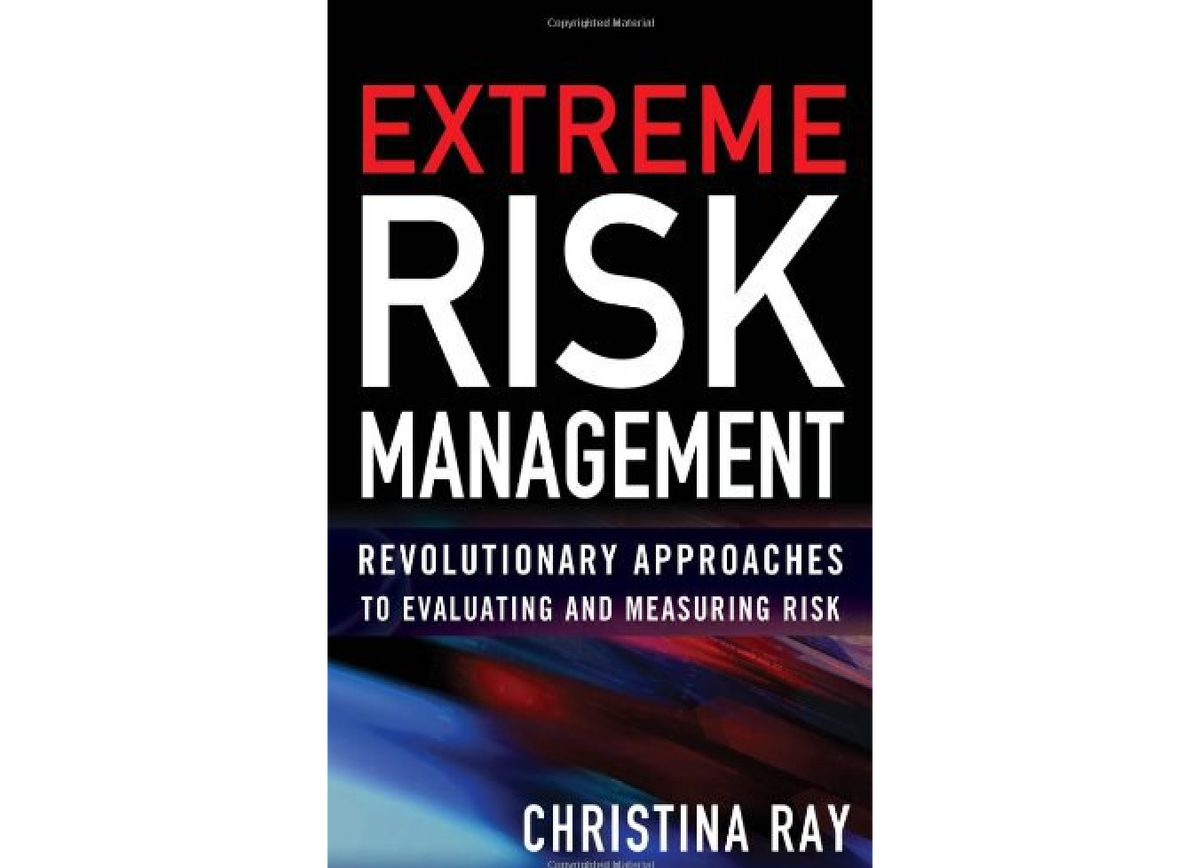=================================================================
Introduction
Quantitative trading thrives on mathematical models, automation, and data-driven decisions. Yet, no matter how sophisticated an algorithm is, profitability is heavily influenced by risk management. Without carefully designed frameworks, even the most advanced quantitative strategies can collapse under extreme market events, liquidity shocks, or compounding losses. This article explores how risk management affects profitability in quantitative trading, highlights proven strategies, compares methods, and provides insights from real-world applications.
The Link Between Risk Management and Profitability
Balancing Risk and Reward
Profitability in quantitative trading is not simply about generating high returns. It’s about achieving consistent, sustainable returns adjusted for risk. A strategy producing 20% annualized return with 30% volatility is often less attractive than a 15% return with 10% volatility when measured by Sharpe ratio. Effective risk management ensures that traders maximize returns per unit of risk.
Preventing Catastrophic Losses
Quantitative systems can compound gains quickly, but they can also magnify losses. Poorly managed leverage, model overfitting, or ignoring tail risks can wipe out months or years of profits in days. Risk management acts as a profit preserver by capping losses and ensuring survival during adverse conditions.

Core Risk Management Principles in Quantitative Trading
Position Sizing
Determining how much capital to allocate per trade is a cornerstone of profitability. Position sizing strategies—like volatility-based sizing or Kelly criterion—directly impact portfolio growth and drawdown levels.
Diversification
Spreading exposure across assets, strategies, and time horizons minimizes correlation risks. A single failing model won’t sink the entire portfolio, protecting profitability.
Stop-Loss and Drawdown Limits
Automated stop-loss levels and portfolio drawdown limits prevent excessive losses. For example, a 10% max portfolio drawdown rule forces the algorithm to halt trading temporarily, preserving capital.
Stress Testing and Scenario Analysis
By simulating extreme conditions (e.g., 2008 financial crisis, 2020 COVID-19 crash), quants can assess how their strategies behave under stress. This helps design controls that safeguard profits when unexpected events hit.
Methods of Risk Management in Quantitative Trading
1. Volatility-Based Risk Management
This approach adjusts positions based on current volatility. For example, if volatility doubles, position size halves to maintain stable risk.
Pros:
- Adaptive to market conditions
- Protects against sudden volatility spikes
- Works well for systematic strategies
Cons:
- May reduce profits during high-volatility yet profitable phases
- Can trigger over-adjustments if volatility is short-lived
2. Value-at-Risk (VaR) and Expected Shortfall (ES)
VaR estimates the maximum expected loss over a time horizon at a given confidence level, while ES (also called Conditional VaR) measures average losses beyond that threshold.
Pros:
- Widely used in institutional risk frameworks
- Provides measurable loss benchmarks
- Supports portfolio-level optimization
Cons:
- Assumes historical distributions may repeat
- Fails in extreme tail-risk events (e.g., Black Swan events)
Comparing Approaches: Volatility vs. VaR/ES
| Factor | Volatility-Based | VaR/ES |
|---|---|---|
| Adaptability | High | Medium |
| Complexity | Low | High |
| Tail-Risk Coverage | Medium | Low (VaR) / Medium-High (ES) |
| Use Case | Retail/systematic traders | Institutional/hedge funds |
Recommendation:
For retail and semi-professional traders, volatility-based frameworks provide simplicity and adaptability. For institutional environments, VaR and ES, combined with stress testing, create a more robust solution. Ideally, both methods should be blended for optimal profitability with controlled downside risk.
The Role of Technology in Risk Management
Modern risk management in quantitative trading heavily depends on technology. Machine learning models, cloud computing, and real-time monitoring enhance the ability to measure and mitigate risks. Automated tools provide instant alerts, adjust exposure dynamically, and integrate seamlessly with execution systems.
For traders exploring how to implement risk management in quantitative trading, technology-driven solutions allow faster adjustments, reducing human biases and improving execution discipline.

Case Studies: Risk Management in Action
Case 1: Algorithmic Hedge Fund (2018)
A fund applied volatility targeting, reducing exposure during high VIX spikes. While peers lost 15% during the period, the fund limited losses to 4%, preserving long-term profitability.
Case 2: Retail Quant Strategy
A retail trader using leveraged ETFs without risk controls suffered a 70% drawdown during a market correction. Had they applied stop-losses and diversification, losses could have been capped at 20%.
Personal Experience and Insights
From my own experience building algorithmic strategies, risk-adjusted return consistently beats raw returns. Models that appeared highly profitable in backtests often collapsed when exposed to real-world volatility. Only strategies with embedded drawdown controls, diversification, and volatility adjustments have sustained profits across market cycles.
FAQ: How Risk Management Affects Profitability in Quantitative Trading
1. Why is risk management important in quantitative trading?
Because algorithms execute with speed and scale, even small flaws can lead to massive losses. Risk management ensures that profitability is not erased by extreme events, helping traders survive long enough to capitalize on market opportunities.
2. What are the best risk management strategies for quantitative trading?
The most effective strategies combine volatility-based adjustments, stop-losses, diversification, and stress testing. Institutions often integrate VaR and Expected Shortfall for deeper insights, while individuals should focus on volatility targeting and strict drawdown rules.
3. How does risk management influence long-term profitability?
Without risk management, a few bad trades can wipe out years of gains. With proper frameworks, traders can achieve steady compounding returns, reduce portfolio volatility, and maintain investor confidence. Profitability is not just about making gains—it’s about keeping them.
Visual Insights
Risk-return curve showing how effective risk management shifts profitability upward
Conclusion
Risk management is not a cost center in quantitative trading—it is a profit driver. By reducing drawdowns, preventing catastrophic losses, and improving risk-adjusted returns, it directly enhances long-term profitability. Traders should combine volatility-based methods, diversification, and advanced institutional frameworks like VaR/ES to create a balanced approach.
For beginners and professionals alike, understanding why risk management is important in quantitative trading can mean the difference between steady growth and sudden collapse.
If you found this article valuable, share it with fellow traders, comment with your own experiences, and let’s build a stronger community of disciplined, risk-aware quantitative traders.

0 Comments
Leave a Comment